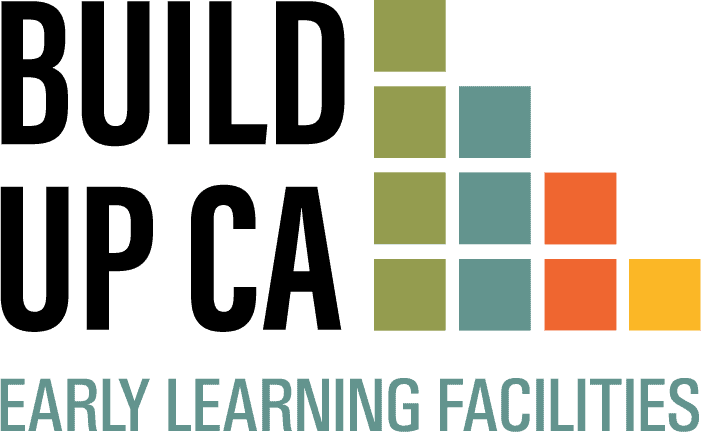The Child Opportunity Index (COI) measures and maps the quality of resources and conditions (e.g., good early childhood education centers and schools, green spaces, access to healthy food, low poverty) that matter for children to develop in a healthy way in the neighborhoods where they live. The Index looks at 29 key factors that affect how children experience their neighborhoods in three domains: education, health and environment, and social and economic.
Neighborhoods influence children’s health and education. Research shows that poor children who live in higher opportunity neighborhoods have lower stress levels than poor children in low-opportunity neighborhoods. A positive neighborhood environment may protect children against the detrimental effects of family poverty. Children in neighborhoods with higher poverty rates tend to have worse educational outcomes, which affect opportunities for living a healthy life.
The report was initially released in January 2020. To view the report in pdf, click here.
To view the Child Opportunity Map, click here.
This source is provided by diversitydatakids.org



